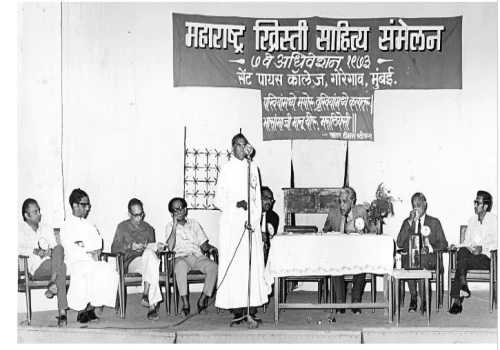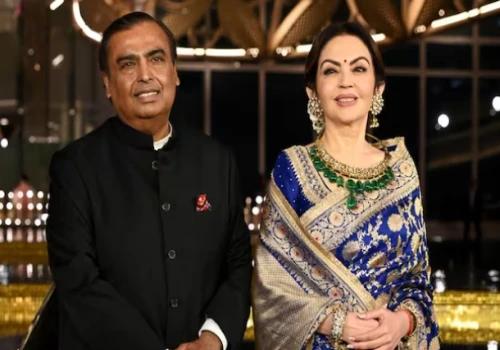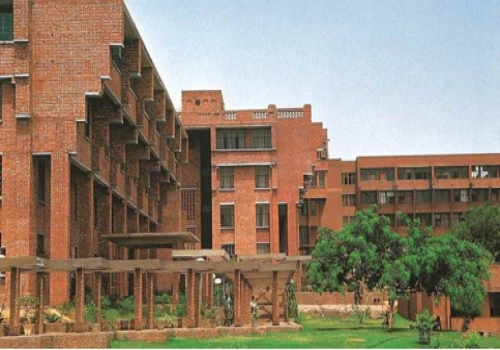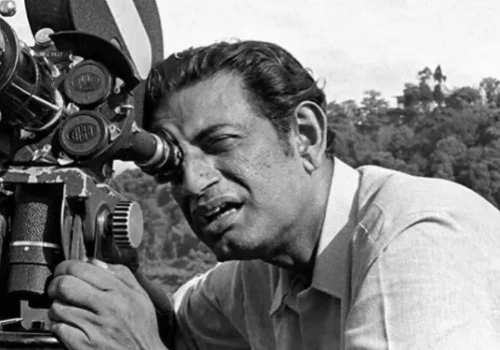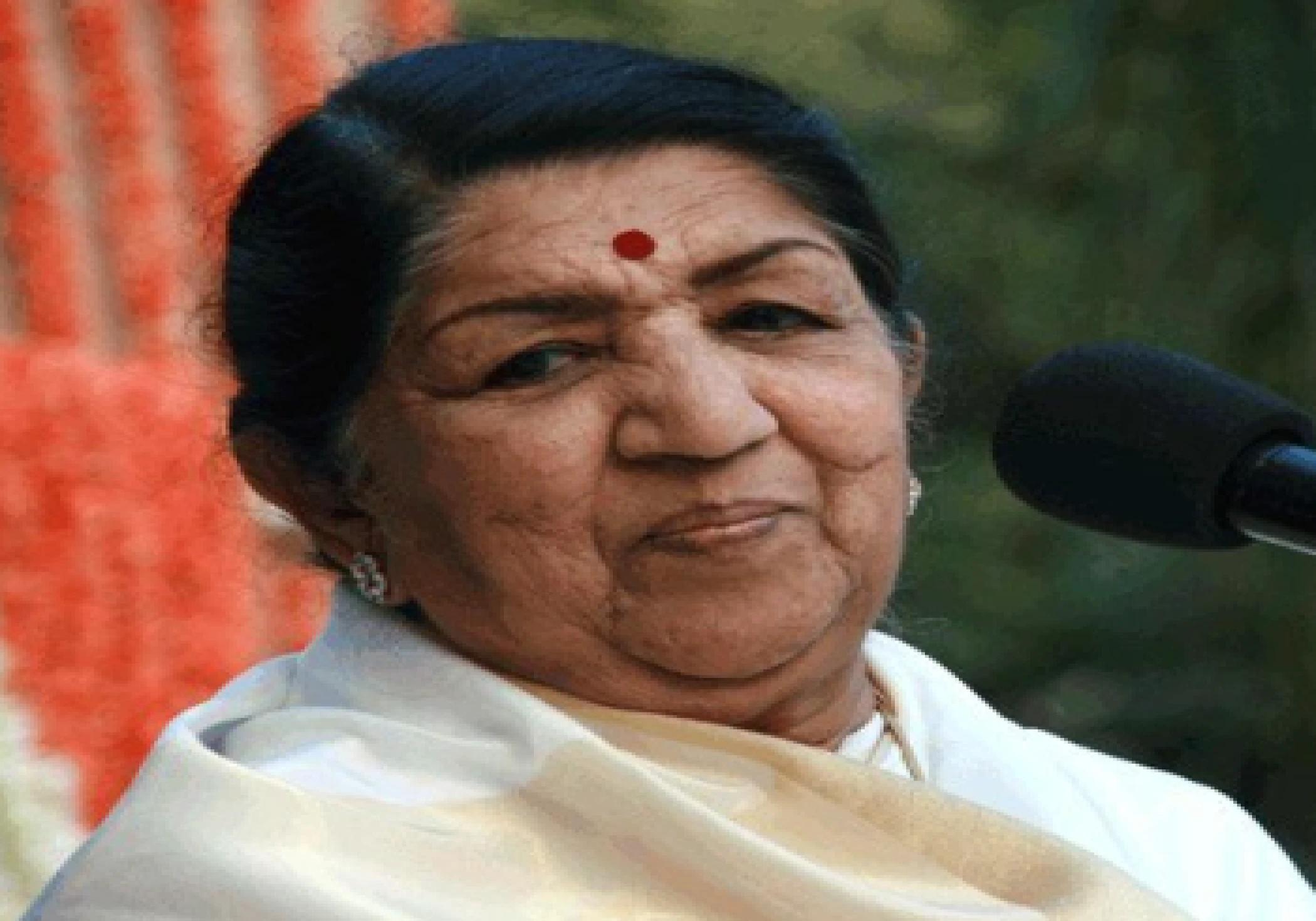
Lata Mangeshkar, popularly known as the "Nightingale of India," was not only a playback singer but a musical phenomenon who voiced the soul of Indian cinema for more than seven decades. With over 25,000 songs in over 36 languages, her contribution to Indian music cannot be compared and continues to inspire generations of musicians and music lovers together.
Early Life
Lata Mangeshkar was born on 28 September 1929 in Indore, British India Central Provinces at that time, to a family of Maharashtrian ancestry. She was the elder sister among five children, sisters being Asha Bhosale, a singer, Usha Mangeshkar, Meena Khadikar, also singers, and Hridaynath Mangeshkar, composer. Her father was Pandit Deenanath Mangeshkar, a theatre performer and a classical singer.
Lata started singing at a young age and did not have any formal education because she began working to help her family after her father's death in 1942. She went to Mumbai to seek a career in playback singing with the guidance of music director Ghulam Haider, who believed in her potential even though she was rejected several times in the beginning because she had a thin voice.
Singing Career
Early Career in the 1940s
Lata's first big hit was with Dil Mera Toda from the film Majboor (1948). However, it was Aayega Aanewala from Mahal (1949), composed by Khemchand Prakash, which established her as a new ray of hope in the industry.
1950s
The decade saw her rise meteorically, with her rendering songs for stars of the era such as Madhubala, Nargis, and Meena Kumari.Her association with music directors such as Shankar-Jaikishan, C. Ramchandra, and S.D. Burman produced gems such as Rasik Balma, Aaja Re Pardesi, and Pyar Kiya To Darna Kya.
1960s–1970s
The 1960s and 1970s were a golden era for Lata. She worked with new composers such as Laxmikant-Pyarelal and R.D. Burman and delivered immortal songs like Lag Jaa Gale, Tere Bina Zindagi Se, and Tujhe Dekha To. Her duets with Mohammed Rafi, Kishore Kumar, and Mukesh became iconic.
1980s–1990s
Even with the newer voices, Lata was preeminent. She sang picturizable hits in Ram Lakhan, Chandni, and Hum Aapke Hain Koun.!, proving timeless.
2000s–2020s
Although she took on less work during the 2000s, Lata provided voice-over for choice works. Her penultimate recorded tune was Saugandh Mujhe Is Mitti Ki in 2021 as a commemoration of the Indian Army.
Bengali Career
Lata also enjoyed a thriving singing career in Bengali music, working with composers such as Salil Chowdhury and Hemant Kumar. Her interpretations in Rabindra Sangeet were also well appreciated.
Collaboration and Legacy
Lata's partnership with Madan Mohan the composer, as well as her association with vocalists Rafi and Kishore Kumar, are legendary. Her name went hand-in-hand with Bollywood music's golden days. Aside from music in films, she also sang bhajans, ghazals, and patriotic numbers such as Ae Mere Watan Ke Logon, which understandably brought Prime Minister Nehru to tears.
Non-Singing Career
Music Direction and Production
She wrote music for some Marathi films using the pseudonym "Anand Ghan" and also produced Hindi and Marathi films, but she always wanted to remain primarily as a singer.
Illness and Death
Lata Mangeshkar died on 6 February 2022 at the age of 92 from multi-organ failure due to COVID-19 complications. Her death led to nationwide mourning, and she was cremated with full state honors at Mumbai's Shivaji Park.
Awards and Recognition
•Bharat Ratna (2001) – India's highest civilian honor
•Padma Bhushan, Padma Vibhushan
•Dadasaheb Phalke Award (1989)
•Legion of Honour (France's highest civilian honor, 2007)
•Numerous National Film Awards and Filmfare Awards
Lata Mangeshkar has held the Guinness World Record for history's most recorded artist for several years, testifying to her industrious career and enduring popularity.
Conclusion
Lata Mangeshkar was not merely a voice; she was an emotion that resonated past boundaries, language, and generations. Her songs have established the very tone of Indian cinema and continue to live even today in the hearts of millions. Her steadfast professionalism, humility, and fierce commitment make her a timeless icon in world music history.



